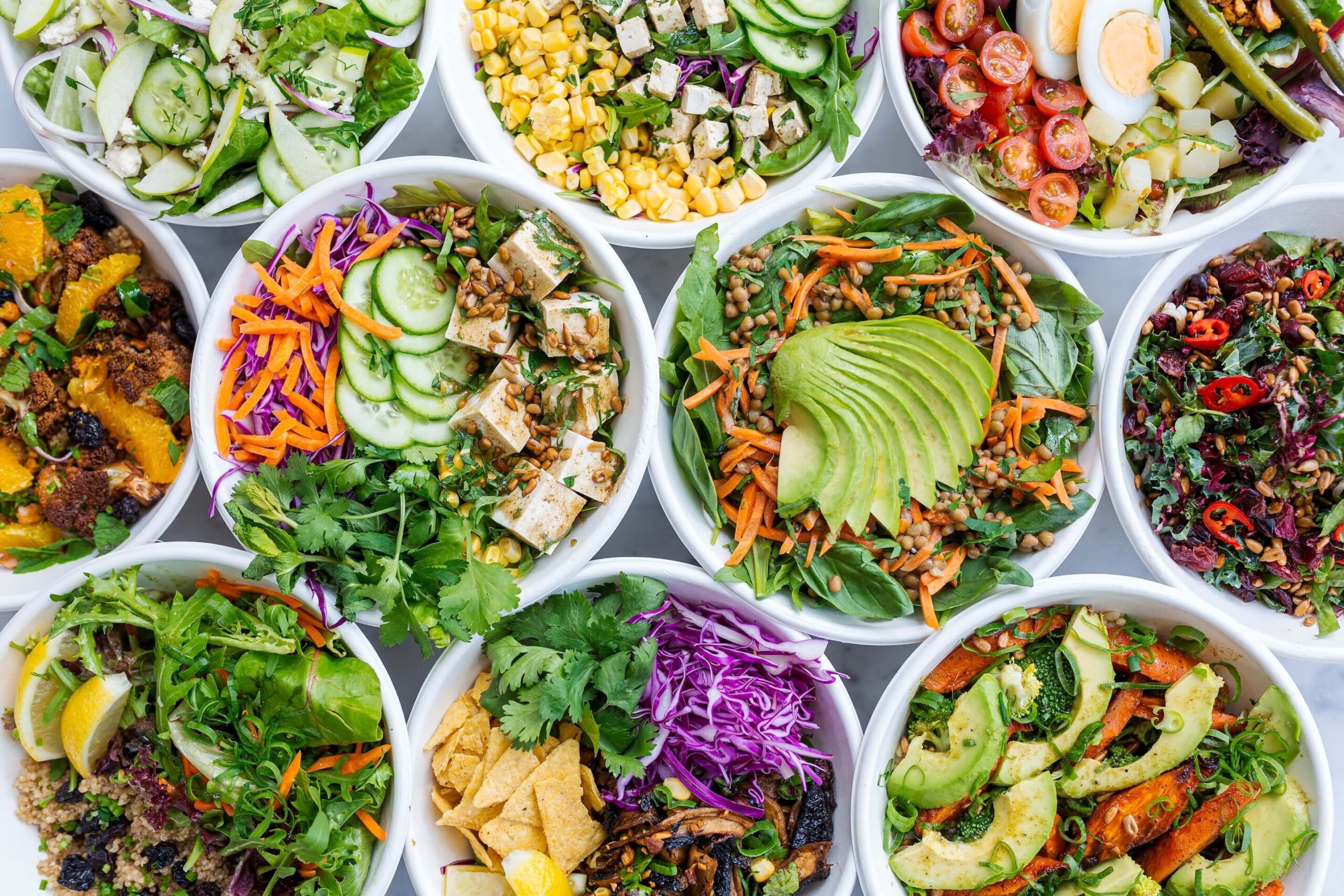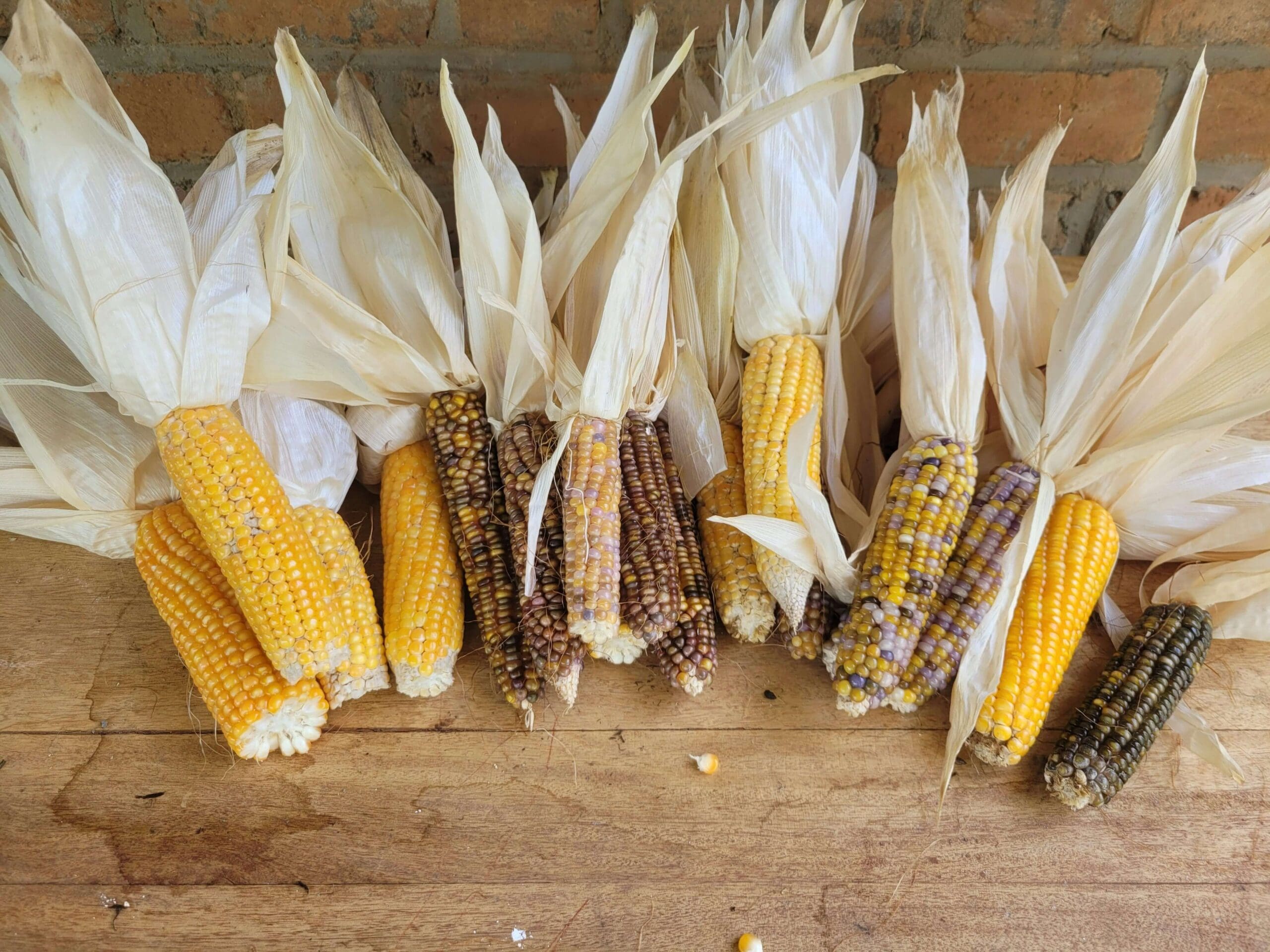Standing in the produce section of your grocery shop can feel overwhelming. You’re looking at two identical bunches of spinach, but one has an organic label and costs twice as much as the conventional option. This scenario plays out millions of times daily, leaving shoppers confused about which choice is truly better.
The organic food industry has grown into a $65 billion market in 2024, largely driven by consumer beliefs that organic equals healthier and safer. But what does science actually tell us about the differences between organic and conventional produce?
After reviewing hundreds of observational studies and analyzing data from the Pesticide Data Program, we can finally separate marketing myths from scientific facts about pesticides, nutrition, and food safety in our fruits and vegetables.
Take the Next Step in Your Health Journey
Feeling overwhelmed about what truly lowers recurrence risk? You’re not alone. My Clean Scan Plan has helped thousands navigate their journey with confidence. This free guide shows you how to apply my NED Method – nutrition, movement, hydration, sleep, and stress to reduce cancer risk and help keep it from coming back.
The Truth About Pesticides on Your Produce
Let’s start with the biggest misconception about organic produce that it’s pesticide-free. This simply isn’t true. Organic farmers use pesticides too, just different types than conventional farming uses.
While conventional farming uses synthetic fertilizers and lab-created pesticides, organic farming primarily relies on naturally-derived pesticides like copper sulfate, pyrethrin from chrysanthemum flowers, and spinosad from soil bacteria.
Under USDA standards, organic farms can have up to 5% synthetic pesticide exposure considered “unintentional” contamination.
This happens through wind drift from nearby conventional farms, contaminated water sources, or food residues in soil from previous farming.
Even farms with “no spray, organic farming” signs still use organic-approved pesticides that often need more frequent applications.
Natural pesticides aren’t necessarily safer. Rotenone, used in organic farming until 2005, was banned due to links with Parkinson’s disease.
Copper sulfate, still widely used in organic farming, accumulates in soil and is toxic to aquatic life. Some organic pesticides require more frequent applications than synthetic ones because they break down faster.
Products with certified organic ingredients must meet strict organic certification standards. Items labeled “organic” must contain at least 95% organic ingredients, while products with 70% organic ingredients can say “made with organic” on their food labels.
Are Conventional Fruits and Vegetables Actually Safe?

Yes, conventional fruits and vegetables are safe to eat. The USDA’s Pesticide Data Program shows that over 99% of conventional produce has pesticide residues below EPA food safety standards. These limits are set 100 to 1,000 times lower than amounts that could cause health effects. You’d need to eat hundreds of pounds of the most contaminated strawberries daily to reach harmful levels.
The traces of pesticides on non-organic produce are measured in parts per billion – equivalent to one grain of sand in an Olympic swimming pool. These are vanishingly small amounts our bodies easily process and eliminate.
Unlike concerns about growth hormones in meat or genetically modified ingredients, pesticide levels on produce are extensively monitored.
The EPA regularly updates food safety standards based on latest research, specifically considering vulnerable populations like children and pregnant women.
Neither organic nor conventional produce typically undergoes food irradiation, and both have similarly low rates of foodborne illness outbreaks when properly handled.
But Isn’t Natural Always Better?
The belief that nature equals safety is called the “naturalistic fallacy.” Many synthetic pesticides are less toxic than natural ones.
Glyphosate is less toxic than caffeine, table salt, and many organic pesticides. Pyrethrin, from chrysanthemums and used in organic farming, is highly toxic to cats and beneficial insects. Copper sulfate carries the highest toxicity warning (“DANGER”) while many synthetic pesticides only require “CAUTION” labels.
Modern synthetic pesticides target specific pests while protecting beneficial microorganisms in soil. They’re predictable during food processing, ensuring they break down before reaching your plate. Unlike food additives and artificial sweeteners that undergo extensive testing, some natural pesticides were grandfathered into use without the same scrutiny.
Understanding the Dirty Dozen and Clean Fifteen Lists

The Environmental Working Group releases annual Dirty Dozen and Clean Fifteen lists ranking produce by pesticide residues. These lists generate headlines and drive organic sales but have been criticized by toxicologists for misleading methodology.
The methodology has major flaws. They don’t account for:
- The actual amount of pesticides (dose makes the poison)
- The relative toxicity of different pesticides
- That our bodies easily process tiny amounts of pesticides
- The massive safety margins built into EPA limits
Toxicologists calculate you could eat 340 servings of “dirty” strawberries daily without health effects from pesticide residues. For spinach, it’s 774 servings. The Clean 15 includes avocados, sweet corn, pineapples, onions, papaya, frozen peas, asparagus, honeydew, kiwi, cabbage, mushrooms, mangoes, sweet potatoes, watermelon, and carrots. But the health risk difference between Dirty Dozen and Clean Fifteen foods is essentially zero.
The Dirty Dozen list harmfully discourages produce consumption. When people hear about pesticides, they often skip fruits and vegetables rather than buy organic, harming public health since produce benefits far outweigh theoretical pesticide risks.
How to Properly Wash Your Produce?
Whether buying organic or conventional, proper food washing removes pesticides, dirt, and bacteria. Rinse under cold running water for 15-20 seconds while gently rubbing. This removes up to 80% of surface pesticide residues. Don’t use soap – the FDA recommends against it.
For firm produce like apples and potatoes, use a clean vegetable brush while rinsing. For leafy greens, remove outer leaves first since they have more residues. Research shows soaking in baking soda solution (1 teaspoon per 2 cups water) for 12-15 minutes removes more pesticides, though simple water washing is usually sufficient.
Important note: Washing can’t remove pesticides absorbed into produce. Some systemic pesticides protect plants from inside. But these internal residues are still at safe levels in both organic and conventional produce.
Take Control of Your Health Journey
My free Clean Scan Plan has helped thousands navigate their cancer journey with confidence. Inside, I walk you through my signature NED Method nutrition, movement, hydration, sleep, and stress – to reduce cancer risk and help keep it from coming back. Get instant access and start with one small action today.
Nutritional Content: Is There Really a Difference?
Comprehensive studies reviewing 240 comparisons found no significant differences in vitamin and mineral content between organic and conventional produce. Levels of vitamin C, E, A, and minerals like calcium, potassium, and iron were essentially the same.
Some studies show organic crops have 20-40% more antioxidant capacity. But you’d get the same benefit eating one extra serving of conventional produce. Since conventional costs less, you could buy more fruits and vegetables for the same money, getting more total nutrients.
The French Nutri-Net Santé study by researchers Baudry J., Lairon D., and Kesse-Guyot E. followed 68,000 participants and found slightly lower rates of non-Hodgkin lymphoma with higher organic food consumption. However, organic consumers had healthier lifestyles overall, making causation unclear. No reduction in metabolic syndrome was found.
Nutritional content depends more on these factors:
- Crop selection: Different varieties have vastly different nutrients
- Ripeness: Peak ripeness means more nutrients
- Storage time: Nutrients decline after harvest
- Growing conditions: Soil quality and weather affect nutrients
- Transportation: Local produce retains more nutrients
Seasonal produce picked at peak ripeness has more nutrients. Frozen vegetables often have higher nutrients than fresh produce shipped long distances because they’re frozen at peak ripeness. Learn more about why canned and frozen foods are nutritious options.
The Cost Reality Check
In 2025, organic produce will cost 53% more on average than non-organic produce. Some items cost nearly triple:
- Organic lettuce: 179% more expensive
- Organic Brussels sprouts: 127% more expensive
- Organic apples: 123% more expensive
- Organic strawberries: 88% more expensive
- Organic spinach: 60% more expensive
For a family of four, choosing all organic could add $2,000 annually to grocery bills. Price gaps exist because organic farming has 20-25% lower yields, expensive organic certification standards, and many are small farms without economies of scale. Higher food packaging and transportation costs also contribute.
But here’s what matters: eating any fruits and vegetables vastly outweighs differences between organic and conventional. If choosing organic means buying less produce overall, you’re doing yourself a disservice. Studies show people who eat more produce – regardless of production method – have lower rates of heart disease, cancer, diabetes, and obesity.
Smart Shopping Strategies for Every Budget

Whether choosing organic, conventional, or both, here are strategies to maximize produce purchases and create healthy meals:
If Choosing Some Organic:
- Focus on foods eaten most often by your family
- Prioritize items for young children who may be more sensitive
- Buy organic where price differences are smallest
- Choose thin-skinned fruits like berries if concerned about residues
- Skip organic for Clean Fifteen items with minimal residues
For Conventional Produce:
- Wash all produce thoroughly under running water
- Remove outer leaves of lettuce and cabbage
- Peel when appropriate (though you’ll lose some nutrients)
- Buy seasonal produce which has fewer pesticides
- Choose variety to reduce single pesticide exposure
Money-Saving Tips:
- Buy frozen – often cheaper and equally nutritious
- Shop sales – organic prices fluctuate weekly
- Check multiple stores for best prices
- Consider store brands for cheaper organic options
- Visit farmers markets for local produce
- Join community supported agriculture programs
Cancer Prevention and Health Considerations
Research from institutions like Brigham and Women’s Hospital and their Department of Nutrition consistently shows eating more produce reduces cancer risk, regardless of production method. Major cancer organizations recommend 5-9 daily servings for prevention.
Studies in journals like J. Nutr examining cancer rates between organic and conventional consumers show mixed results. What’s certain: not eating enough produce significantly increases cancer risk far more than any theoretical risk from trace pesticides.
Produce protects against cancer through multiple mechanisms:
- Fiber removes carcinogens from the digestive system
- Antioxidants neutralize free radicals that damage DNA
- Phytochemicals trigger cancer cell death and prevent tumor growth
- Nutrients support immune system’s ability to fight abnormal cells
The protective benefits come from the produce itself, not how it’s grown. Learn more about cancer-fighting foods in our guides on how leafy greens reduce cancer risk and cancer prevention strategies.
The Bottom Line
After examining evidence from observational studies and reviewing decades of research, the truth is clear: both organic and conventional produce are safe, nutritious choices that support good health. The differences between them are far smaller than marketing messages suggest.
Every major health organization agrees we need more produce, not less. Benefits of eating fruits and vegetables – reduced risk of heart disease, cancer, diabetes, and obesity dramatically outweigh any theoretical risks from pesticide residues. Whether from small farms or large operations, fresh or frozen in food packaging, what matters is eating them.
Remember: The enemy isn’t conventional produce, it’s not eating produce at all. Make peace with your choices and focus on filling half your plate with fruits and vegetables, however you can afford them.
Ready to Feel More Confident About Your Health Choices?
Take the first step with my free Clean Scan Plan. It walks you through my NED Method – nutrition, movement, hydration, sleep, and stress – so you can reduce cancer risk and help keep it from coming back, one simple action at a time.
Yes! Send Me the Free Clean Scan Plan →
References
- Virginia Tech Extension: Organic vs. Conventional Pesticides (2023)
- Kansas State Extension: Organic Does Not Mean Pesticide Free (2024)
- American Council on Science and Health: Conventional Produce Safety (2024)
- Consumer Reports: Produce Without Pesticides (2024)
- Ohio State Extension: Pesticides in Crop Production
- Environmental Working Group: 2025 Shopper’s Guide
- Journal of Agricultural and Food Chemistry: Washing Effectiveness (2017)
- Mayo Clinic: Organic Foods (2025)
- PMC: Organic Food Nutritional Analysis (2024)
- LendingTree: Organic Price Analysis (2025)
- USDA: Organic Agriculture Market (2025)
- Environmental Research: Organic Food Health Outcomes (2024)
- Journal of Nutrition: Nutri-Net Santé Study (2024)



